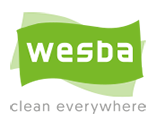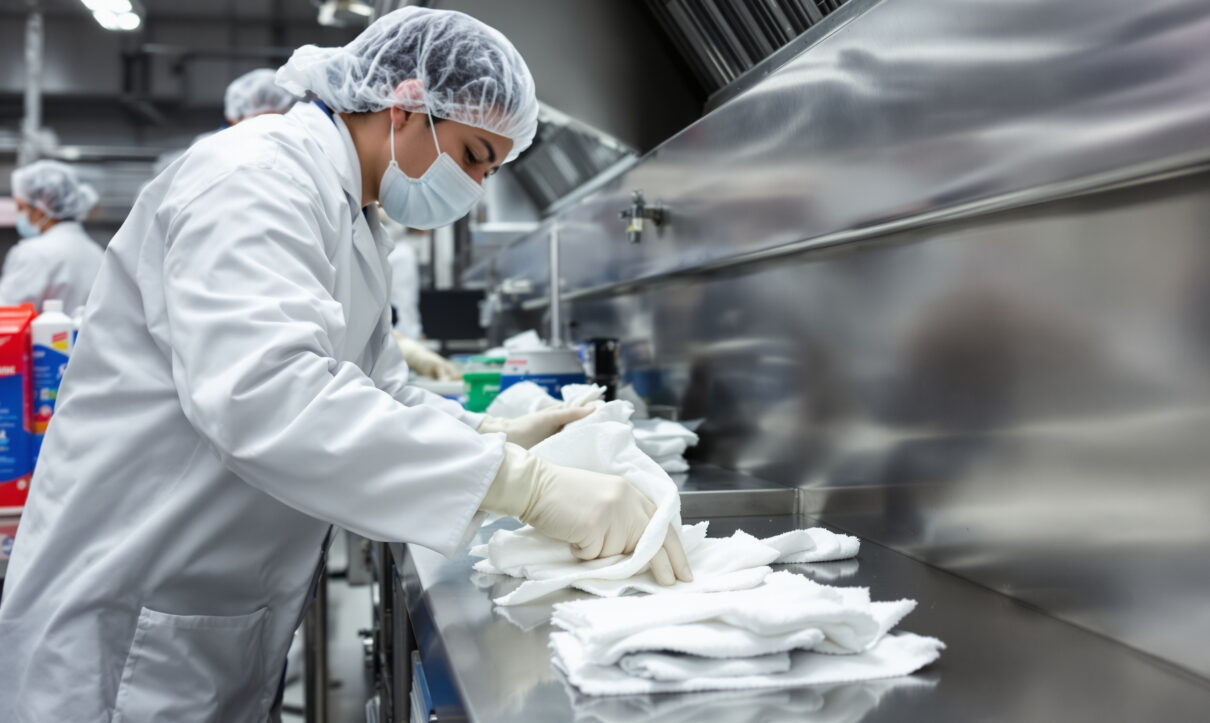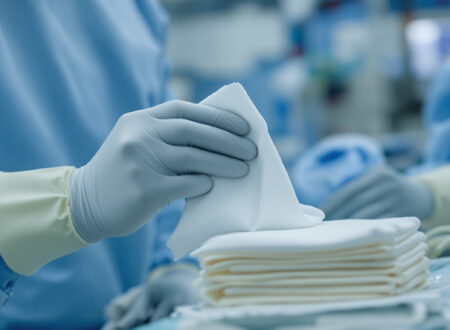Food processing facilities operate under some of the strictest cleanliness standards in any industry. A single contamination event can result in product recalls, regulatory action, and severe brand damage. Nonwoven cleaning materials specifically designed for food processing applications provide the reliability and safety required in these critical environments.
Food Safety Challenges
Food processing environments present unique cleaning challenges that general-purpose materials cannot adequately address. Surfaces must be sanitized without introducing foreign materials, cleaning must be effective against food-borne pathogens, and all materials must comply with strict food safety regulations.
Critical Requirements:
- FDA compliance for food contact surfaces
- Pathogen elimination effectiveness
- No lint or particle generation
- Chemical compatibility with food-grade sanitizers
- Traceability for food safety audits
FDA-Approved Nonwoven Solutions
Food-Grade Nonwoven Wipes Specially manufactured nonwoven materials meet FDA requirements for direct food contact, ensuring they won’t introduce contaminants or unsafe substances into food processing areas.
Antimicrobial Treatment Options Advanced nonwoven materials can incorporate FDA-approved antimicrobial treatments that provide ongoing protection against bacterial growth between cleaning cycles.
Color-Coded Systems Prevent cross-contamination with color-coded nonwoven products designed for specific processing areas – different colors for raw materials, cooked products, packaging areas, and cleaning zones.
“Since implementing food-grade nonwoven cleaning systems, we’ve had zero contamination incidents and passed every FDA inspection with flying colors.”
Quality Manager, Food Processing Plant
Pathogen Control Effectiveness
Proven Antimicrobial Performance Food-grade nonwoven materials demonstrate proven effectiveness against common food-borne pathogens including Salmonella, E. coli, and Listeria. Laboratory testing confirms log reduction rates that meet or exceed food safety standards.
Sanitizer Compatibility Food processing facilities use specialized sanitizing chemicals that can break down inferior cleaning materials. Professional food-grade nonwoven products maintain their effectiveness when used with quaternary ammonium compounds, chlorine-based sanitizers, and other approved food processing chemicals.
Cross-Contamination Prevention Single-use nonwoven products eliminate the risk of cross-contamination between processing areas. Unlike reusable cloths that can harbor pathogens, disposable nonwoven materials ensure each cleaning task starts with sterile materials.
Operational Efficiency in Food Processing
Faster Cleaning Cycles: Nonwoven materials clean more effectively than traditional materials, reducing the time required for sanitation between production runs. This efficiency improvement can significantly increase production capacity.
Reduced Water Usage: Superior cleaning effectiveness means less rinsing required, reducing water consumption and waste water generation. This efficiency supports sustainability goals while reducing operational costs.
Simplified Procedures: Consistent performance and easy disposal procedures simplify cleaning protocols, reducing training requirements and ensuring consistent application by all staff members.
Regulatory Compliance Benefits
HACCP Support Nonwoven cleaning systems integrate seamlessly with HACCP protocols, providing documented cleaning effectiveness and traceability required for food safety management systems.
Audit Readiness Professional food-grade nonwoven products come with complete documentation including material safety data sheets, FDA compliance certificates, and efficacy test results needed for regulatory audits.
Global Standards Compliance Quality nonwoven materials meet international food safety standards including BRC, SQF, and IFS requirements, supporting facilities that supply global markets.
Application-Specific Solutions
Processing Equipment Cleaning Nonwoven wipes designed for stainless steel surfaces clean effectively without scratching, maintaining the smooth surfaces required for food contact equipment.
Packaging Area Sanitation Lint-free nonwoven materials prevent particle contamination in packaging areas where product presentation and safety are critical.
Cold Storage Maintenance
Specialized nonwoven products maintain their effectiveness at low temperatures common in refrigerated and frozen food processing areas.
High-Temperature Applications Heat-resistant nonwoven materials work effectively in cooking and pasteurization areas where elevated temperatures would degrade conventional cleaning materials.
Cost-Benefit Analysis
Direct Cost Savings:
- 30-40% reduction in cleaning material usage
- Decreased labor costs from faster cleaning cycles
- Lower water and chemical consumption
- Reduced waste disposal costs
Risk Mitigation Value:
- Avoided costs from contamination incidents
- Reduced regulatory compliance expenses
- Lower insurance premiums from improved safety record
- Protected brand value and market position
Productivity Improvements:
- Increased production time from faster changeovers
- Reduced downtime for deep cleaning
- Improved equipment reliability from better maintenance
- Enhanced worker efficiency and satisfaction
Implementation Strategy
Facility Assessment Evaluate current cleaning procedures and identify areas where nonwoven materials can provide the greatest benefit. Focus on high-risk areas and critical control points first.
Product Selection Choose nonwoven materials that match specific facility needs including FDA compliance level, antimicrobial requirements, and compatibility with existing cleaning chemicals.
Staff Training Implement comprehensive training programs to ensure proper use of food-grade nonwoven materials. Include procedures for different processing areas and emergency cleaning protocols.
Performance Monitoring Establish metrics for cleaning effectiveness, material usage, and compliance maintenance to demonstrate the value of nonwoven cleaning systems.
Food processing facilities that adopt professional-grade nonwoven cleaning materials see immediate improvements in food safety, regulatory compliance, and operational efficiency. The specialized characteristics of these materials make them essential tools for maintaining the highest standards of food safety and quality.





